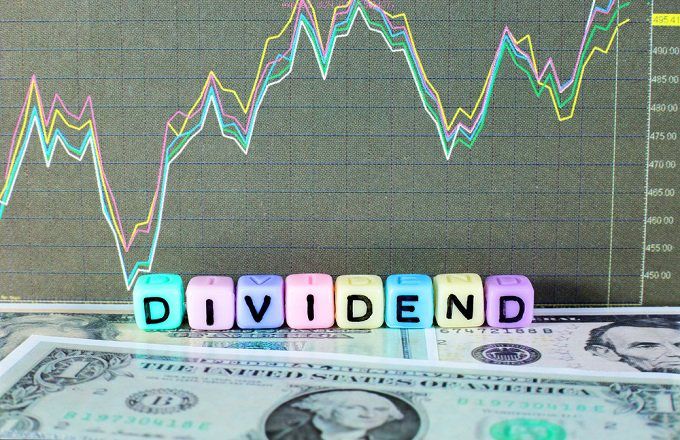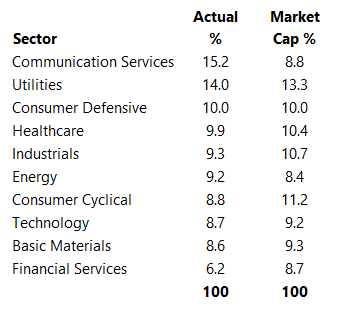Financial wealth is a term often used by financial planners, advisers and investors. But what does financial wealth creation really mean to the average person?
Everyone has a dream to be financially free of debt and to have financial security and to be able to live a quality lifestyle. Many people make different attempts to become financially wealthy but never seem to succeed. By having a better understanding of what financial wealth is and how the stock market works may help you achieve it.
Financial wealth put simply is freedom of debt, financial security and the ability to live the lifestyle you want. The terms wealth and success can mean different things to different people depending on their goals and personal perceptions of the idea. However, what most people would agree on is the importance of clearing debt and securing yourself and your family’s financial future.
In today’s society people are turning to more modern ways to make money and the Internet has made this very easy to do. The stock market has many different investing methods that can help generate extra income that can be contributed towards paying off debts, the mortgage, personal loans and credit cards. By having an understanding of how the stock market works and learning some stock market strategies then it can be a great cash flow generator. The aim of financial wealth creation is to clear debts and start building up capital. Today millions of people are investing in the stock market online to generate good money that requires very little human effort, and many are learning through online stock trading courses.

The general principle of trading stocks is to purchase shares when their value is low and to sell them when they have increased in value. Although, the stock market is a great place to make money it is also may be risky if you do not understand how the stock market works. With high risk often the higher the return you may earn. However by having a solid education and understanding of how the stock market works there are numerous stock market strategies that are considered low risk that can produce consistent monthly returns of 3-9% per month! One such stock market strategy is “share renting” and it is an excellent way to generate consistent cash flow on a monthly basis regardless of stock market direction. This is one of the fastest and easiest ways to make money and build financial wealth. However, it takes time and knowledge to be able to understand the various patterns in the stock market, so investing in an online stock trading course that can teach you a stock market strategy like share renting and preferably provide you with mentoring support is a recommended investment in learning how the stock market works.
Financial wealth creation is an essential step in achieving financial freedom from debts and to secure a stable financial future that will help you achieve the lifestyle that you deserve. A solid understanding of how the stock market works prior to investing money is a wise decision.
Dr Cash Flow is an investor who purchased and online stock market education and was able to go from novice investor to replacing his income within a six month period. He has become passionate about making others aware of how they can learn to reduce debt, invest and create their own secure financial future.
This article may be freely reprinted or distributed in its entirety in any e-zine, newsletter, blog or website. The author’s name, bio and website links must remain intact and be included with every reproduction
How to achieve consistent returns by renting shares
A basic and low risk stock market strategy is the share renting method. The share renting strategy is very popular because it is very conservative and has been proven to be a very low risk investment for a relatively high return. It is not uncommon for stock market investors using this strategy to consistently earn 3-9% per month.
The basic logic behind trading on the stock market is to buy shares when they are sitting at a low price and sell them when their value increases. By renting shares however there is a slightly different approach. The sale price of the stock is agreed on ahead of time by the investor who is renting the shares, which is referred to as the strike price. Meanwhile another investor rents the shares which gives them the right to purchase the sellers stock at the strike price within an agreed time period. The investor who is renting the shares pays a premium which is then a capital gain for the seller of the shares. However depending on the strike price set by the person renting out the shares they may also wish to get capital gains in the value of their shares by setting a higher strike price.
The share renting strategy is such a popular stock market strategy because if the price of the shares does not increase to the strike price and the person who has rented the shares does not exercise their rights to purchase, the seller of the rent still earns the premium paid by the purchaser. Therefore, the positive aspect of share renting in the stock market is that even if the price of the shares remains constant or even decreases, the seller is still earning money from the premium paid by the investor paying the rent. The share renting stock market strategy is a fantastic cash flow strategy for any stock market investor wanting to generate cash flow to fund their other investments. It is also a great strategy for those just trying to get out of, or pay off unwanted debt and do not know a lot about how the stock market works.
The buyer’s advantage with share renting comes when the price of the shares on the market exceeds the strike price which they have already secured. The investor who has paid to rent the shares can immediately exercise their option to purchase the shares at the strike price and can realise an immediate capital gain and profit. To simplify this further, with the share renting strategy if a stock’s value on the stock market is $20 and the strike price is set at $24. If suddenly there is a fluctuation in the stock market and the value of the share becomes $30. The investor who rented the shares can exercise their right and purchase the share at the strike price of $24 and immediately sell it to another investor on the market for its market value of $30, realising an immediate profit of $6.
The obvious loss here with the share renting strategy, is that the investor renting out their shares, known as the writer, sacrifices the opportunity of selling the shares for the market price of $30. However, this is also the benefit of share renting because the writer secures a profit even when the price of the shares remains constant. The writer still earns the profit through the premium paid by the rental buyer, even if the purchase rights of the shares are not exercised.
The share renting strategy is excellent for individuals wanting to invest in the stock market with a low risk tolerance level. The share renting strategy is used by many investors using the stock market for cash flow generation which is a good way to achieve financially security and freedom. The share renting stock market strategy may be learnt from reputable online stock trading courses where students are consistently generating between 3-9% per MONTH!
Dr Cash Flow is an investor who purchased and online stock market education and was able to go from novice investor to replacing his income within a six month period. He has become passionate about making others aware of how they can learn to reduce debt, invest and create their own secure financial future.
This article may be freely reprinted or distributed in its entirety in any e-zine, newsletter, blog or website. The author’s name, bio and website links must remain intact and be included with every reproduction
In the past a beginner stock market investor found out how the stock market worked through a stock market school or by using a broker who generally charged a premium price for their market knowledge in the form of brokerage.
However now with the advent of the Internet savvy, astute, educated and successful investors are being created mainly through the use of online stock trading courses.
There are various online stock trading courses out there, however there are some things you should consider before selecting the correct one for you. What are your goals and what do you want to achieve as a result of your stock market experience?
For many stock market investors they are looking to create a life where they are completely financially free and they no longer have to go to work for a living. Think about this now, nearly everyone has at some point, but most people never really stop to think what financial freedom really means to them personally. As a result they never know what questions to ask to understand what decisions need to be made to change the way their life will be shaped in the future. Do you want to travel more, spend more time with family, concentrate on your health or simply just not have to worry about money?
What are the potential benefits for you?
Think about it, there is the potential to work in an environemnt where there are no staff or customers, no competitors, and be totally time flexible. You can trade your own hours when ever you wish, in any global market. Everyone has the exact same opportunities so there is a level playing field. It does not involve physical labour, has low overheads and can be done with very low starting capital. So being an online stock market investor potentially is a true dream business.
Therefore when you think about all these things what is it you want from your online stock trading course?
Do you want consistent reliable returns? Are you after some simple stock market strategies where you can spend a minimal amount of time analysing trades and be able to make money whatever direction the market is moving?
Being a successful stock market investor is potentially the powerful tool to give those who want to take assertive control of their financial future. However before investing you need to understand how the stock market works.
When I started investigating the stock market I was fascinated in the concept of using it for cash flow to help fund my real estate investments. I invested in an online stock trading course that provided me with simplified terms, an online mentor that I could access and talk to personally for the majority of the day and a number of low risk yet profitable stock market strategies. I was able to replace my income within the first 6 months of investing in the program and I have consistently earnt between 3-9% PER MONTH whilst utilising the stock market strategies I have learnt.
This online stock trading course may not be for everyone, some may think it is too simple and want to spend more time reading more complex charts, or looking up company technical analysis data. However I think it is something that all people interested in investing in the stock market should at least investigate, especially if you are looking for a great introduction on how the stock market works and how to make steady consistent returns.
Dr Cash Flow is an investor who purchased and online stock market education and was able to go from novice investor to replacing his income within a six month period. He has become passionate about making others aware of how they can learn to reduce debt, invest and create their own secure financial future.
This article may be freely reprinted or distributed in its entirety in any e-zine, newsletter, blog or website. The author’s name, bio and website links must remain intact and be included with every reproduction























